The Best AI Poster Creation Tools 2025: Ultimate Guide to Human-AI Design Collaboration

Welcome to the cutting edge of design in 2025! Remember the days when creating a stunning poster meant wrestling with complicated design software or hiring expensive professionals? Those days are officially behind us. The design landscape has transformed dramatically with the rise of the best AI human collaboration design tools, and Lovart stands at the forefront of this revolution.
In this comprehensive guide, we'll explore how Lovart is redefining the relationship between human creativity and artificial intelligence. Whether you're a seasoned designer looking to supercharge your workflow or a complete novice with brilliant ideas but limited design skills, this guide will show you how to harness the full potential of human-AI collaboration to create stunning posters and designs that captivate your audience.
Let's dive into the world where human imagination meets AI precision! 🚀
Understanding Human-AI Design Collaboration in 2025
Before we jump into the practical aspects of using Lovart, let's take a moment to understand what makes human-AI design collaboration so revolutionary in 2025.
What is Human-AI Design Collaboration?
Human-AI design collaboration represents a paradigm shift in how we approach creative work. Rather than AI simply being a tool that executes commands, modern platforms like Lovart function as intelligent design partners that understand context, suggest improvements, and even anticipate your creative needs.
The best AI human collaboration design tools combine the unique strengths of both humans and AI:
- Human strengths: Creativity, emotional intelligence, cultural awareness, subjective taste, and the ability to judge appropriateness
- AI strengths: Processing vast amounts of visual data, executing technical aspects with precision, generating variations quickly, and working tirelessly
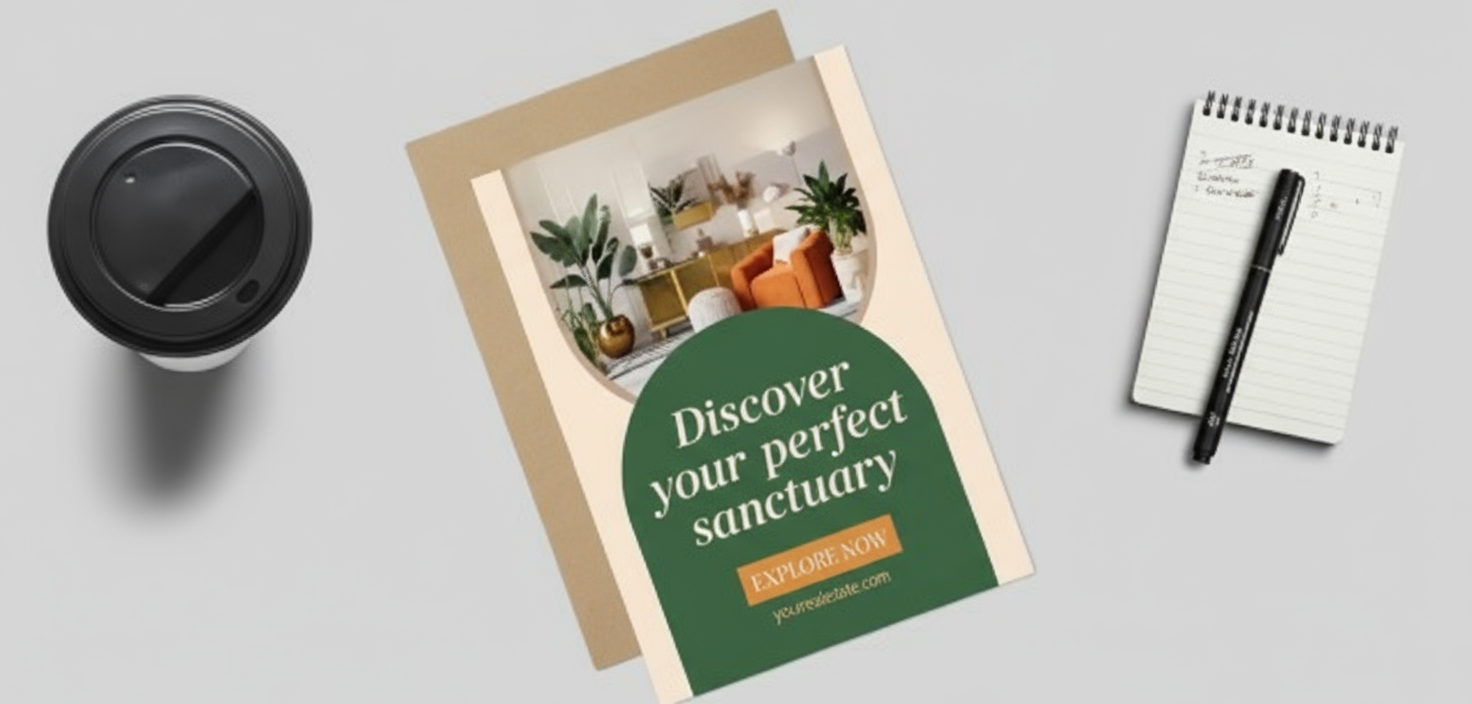
This partnership allows for a workflow that's not only more efficient but often produces results that neither human nor AI could achieve independently.
The Evolution of Design Tools
The journey from traditional design software to today's best AI human collaboration design tools has been remarkable:
| Era | Type of Tool | User Experience | Output Quality |
|---|---|---|---|
| Pre-2015 | Traditional design software | Complex learning curve | Dependent on user skill |
| 2015-2020 | Template-based design platforms | Simplified but limited | Professional but generic |
| 2020-2023 | Early AI design generators | Simple prompts, limited control | Variable, often requiring rework |
| 2023-2025 | AI design partners | Conversational, collaborative | High-quality, aligned with vision |
Today, in 2025, we're witnessing the maturation of this technology with platforms like Lovart.ai that offer unprecedented levels of collaboration between human creativity and AI capabilities.
Why Lovart Stands Out Among the Best AI Human Collaboration Design Tools
Lovart.ai has emerged as a leader in the competitive landscape of AI design tools due to several key differentiators:
The Design Agent Approach
While many platforms offer AI-generated designs, Lovart has pioneered the "Design Agent" concept—an AI that thinks and works like a professional designer rather than just a tool that responds to prompts.
- Holistic design thinking: Lovart doesn't just create isolated elements; it understands the entire design journey from concept to execution
- Contextual awareness: The AI remembers your preferences, brand guidelines, and previous work to ensure consistency

- Strategic approach: Rather than jumping straight to execution, Lovart helps you plan and explore different creative directions
ChatCanvas: A New Way to Collaborate
One of Lovart's most innovative features is ChatCanvas—a collaborative space where human creativity and AI capabilities converge:
- Visual communication: Mark areas of your design, sketch ideas, or leave notes directly on the canvas
- Contextual understanding: The AI understands both your written instructions and visual cues
- Real-time iteration: See your ideas transform instantly as you engage in dialogue with the AI
This interactive approach makes Lovart one of the best collaborative AI design software options available, creating a genuinely symbiotic relationship between human and AI.
Multi-Format Versatility
While many AI design tools specialize in one format, Lovart excels across multiple media types:
- Static images for posters, social media, and print materials
- Video content with smooth transitions and professional effects
- Audio integration for multimedia projects
- 3D designs for product visualization and immersive experiences
This versatility makes it one of the top human-AI design workflow tools for creators who work across different formats and platforms.
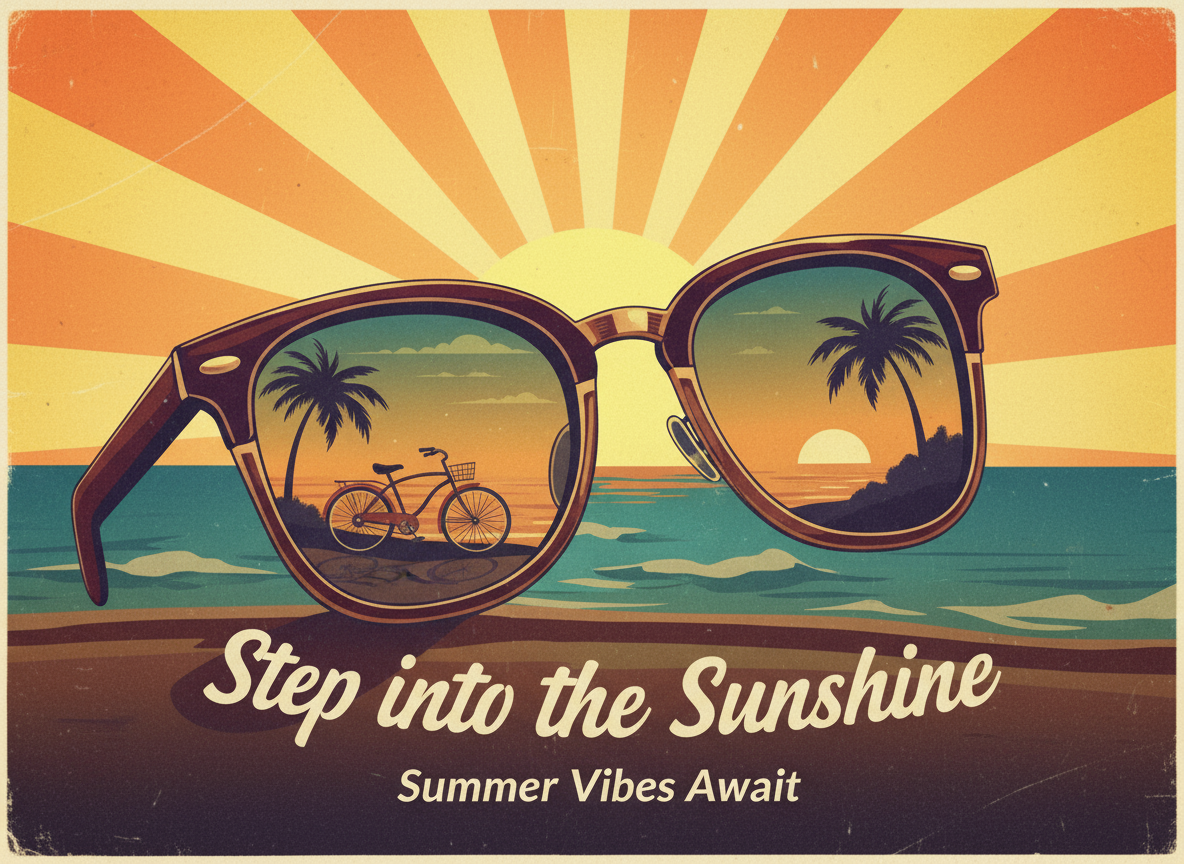
Getting Started with Lovart: Your First Human-AI Poster Collaboration
Now that we understand what makes Lovart special, let's walk through the process of creating your first poster using this innovative platform.
Setting Up Your Creative Space
Before diving into design, take a few moments to optimize your Lovart workspace:
- Create your account: Sign up at Lovart and choose a plan that suits your needs
- Set up your brand kit (if applicable): Upload your logos, colors, and fonts to ensure brand consistency
- Explore the interface: Familiarize yourself with the ChatCanvas environment and available tools
- Review inspiration: Take a look at the community gallery to spark ideas

Initiating Your Design Conversation
Unlike traditional design tools where you immediately start manipulating elements, Lovart begins with a conversation:
- Brief your AI design partner: Start by describing your poster concept, target audience, and goals
- Share references: Upload or link to designs that inspire you or align with your vision
- Set parameters: Specify dimensions, format requirements, and any technical constraints
- Establish tone and style: Describe the emotional impact and aesthetic you want to achieve
Here's a sample conversation starter that uses best practices:
"I need a poster for a tech conference called 'Future Forward 2025' targeting innovators and entrepreneurs. The event focuses on sustainable technology. I'd like a clean, futuristic design with a color scheme that suggests innovation while incorporating natural elements. The poster should include space for dates (October 15-17, 2025), location (San Francisco Tech Hub), and a QR code for registration."
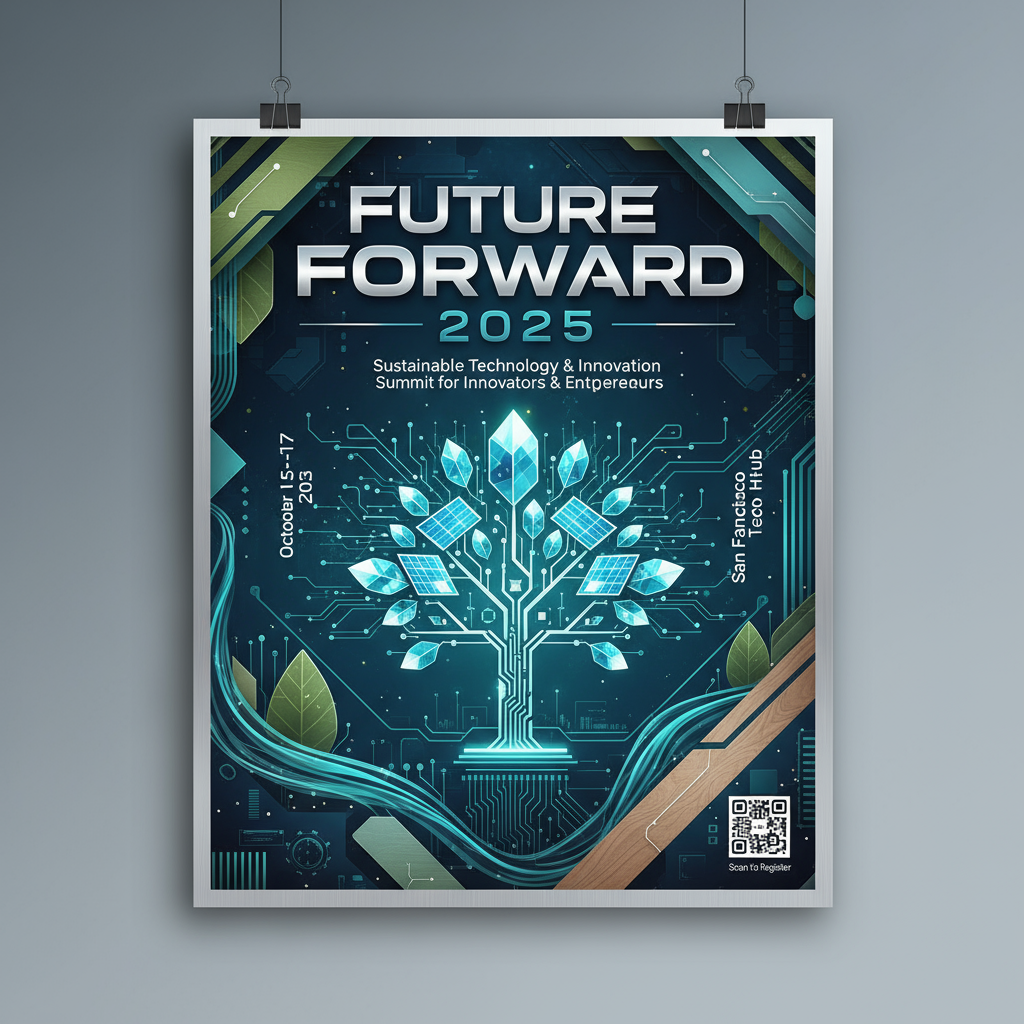
Co-Creating with Your AI Design Partner
Once you've initiated the conversation, Lovart will begin generating concepts and seeking your input:
- Review initial concepts: Examine the different directions Lovart proposes
- Provide feedback: Use both text and visual annotations to guide refinements
- Explore variations: Ask the AI to show different color schemes, layouts, or stylistic approaches
- Refine details: Zoom in on specific elements that need adjustment
This iterative process is where the true power of the best AI human collaboration design tools becomes apparent—each round of feedback makes the output more aligned with your vision while potentially introducing creative elements you might not have considered.
Advanced Techniques for Human-AI Design Mastery
Once you've gotten comfortable with the basics of Lovart, you can explore more sophisticated approaches to maximize the platform's potential.
Crafting Effective Prompts
The quality of your communication significantly impacts the quality of your designs. Here are techniques for crafting prompts that get the best results:
| Prompt Element | Example | Why It Works |
|---|---|---|
| Specific design terminology | "Use a split complementary color scheme" | Gives the AI precise technical direction |
| Emotional descriptors | "Create a serene yet uplifting atmosphere" | Helps the AI understand the intended impact |
| Reference to design movements | "Incorporate Bauhaus principles" | Provides stylistic context |
| Audience considerations | "Design for Gen Z viewers with short attention spans" | Helps tailor visual communication |
| Competing priorities | "Make it bold but not overwhelming" | Helps the AI find the right balance |
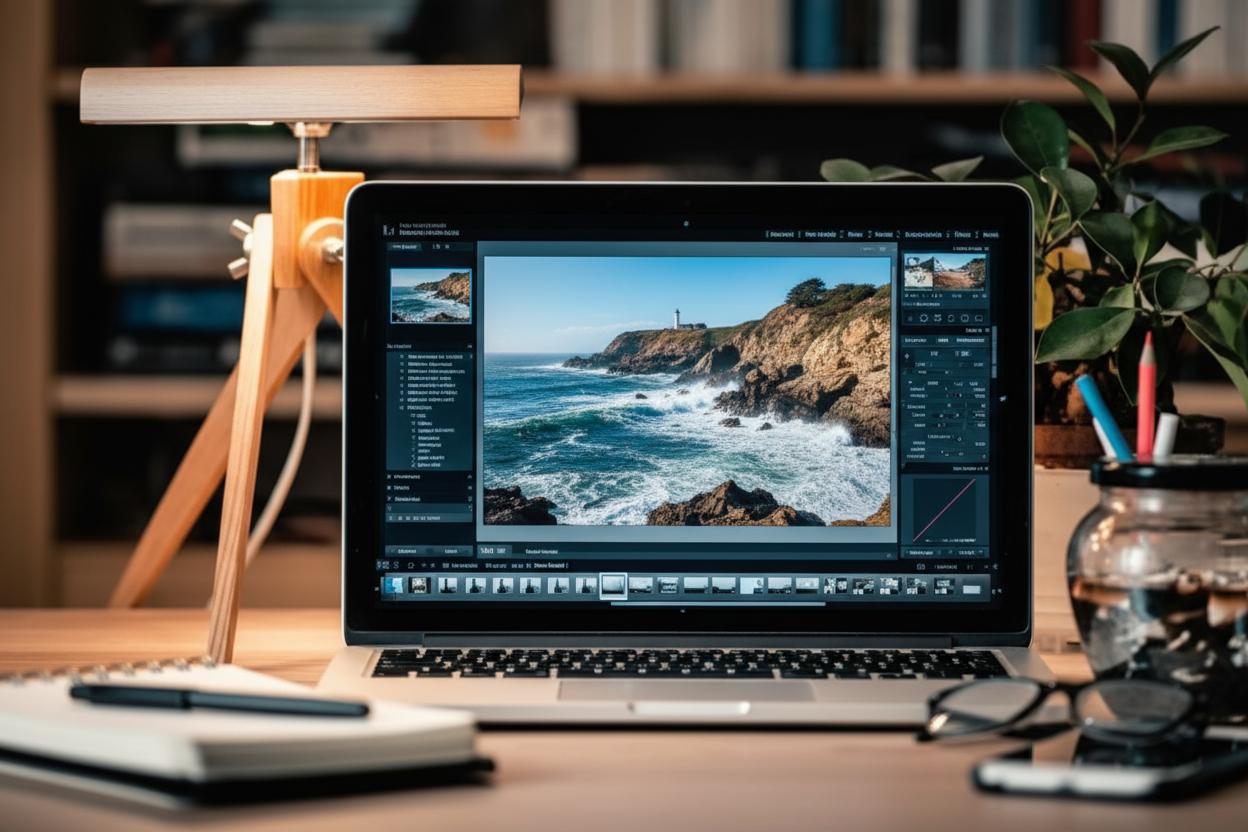
Remember that as one of the top AI design partnership platforms, Lovart is designed to understand nuanced instructions—the more thoughtful your prompts, the better your results.
Leveraging Human-AI Collaborative Workflows
Different projects call for different collaborative approaches. Here are three effective workflows using the best designer AI collaboration tools like Lovart:
| Workflow Type | Process | Best For |
|---|---|---|
| AI-First, Human-Refined | Begin with a broad concept. Let AI generate multiple directions Select promising concept and guide refinements. Take over for final touches. | Exploratory projects where you're open to surprising directions |
| Human-Guided, AI-Enhanced | Start with a clear vision and specific references. Direct AI with precise instructions Generate variations within established direction | Projects with defined parameters and brand guidelines |
| Parallel Exploration | Work on one version while AI develops alternatives. Compare approaches and combine strongest elements Collaborate on finalizing the hybrid design | Complex projects where multiple perspectives are valuable |
These workflows demonstrate why Lovart ranks among the best AI-assisted poster creation tools for human collaboration workflow—its flexibility accommodates various creative processes.
Advanced ChatCanvas Techniques
Lovart's ChatCanvas offers sophisticated capabilities that experienced users can leverage:
- Layer-specific feedback: Comment on individual design layers for precise control
- Visual sketching: Roughly sketch elements directly on the canvas for the AI to interpret and refine
- Alternative exploration: Split the canvas to compare multiple versions simultaneously
- History navigation: Move through design iterations to recover elements from earlier versions
Mastering these techniques elevates your collaborative experience, making complex design tasks more intuitive and efficient.
Real-World Applications: How Designers Are Using Lovart
Let's explore how professionals across different industries are using Lovart to transform their poster design process.
Educational Institutions
Universities and schools are leveraging Lovart to create engaging visual materials:
- Campus event announcements that capture student attention
- Academic conference posters that communicate complex research clearly
- Educational infographics that make learning more accessible
With limited design resources, educational institutions can now produce professional-quality materials that would otherwise require specialized staff or external agencies.
Small Businesses
Entrepreneurs and small business owners are finding Lovart particularly valuable for:
- Seasonal promotion posters that drive foot traffic
- Product launch announcements with compelling visual storytelling
- Brand-consistent social media graphics created in minutes
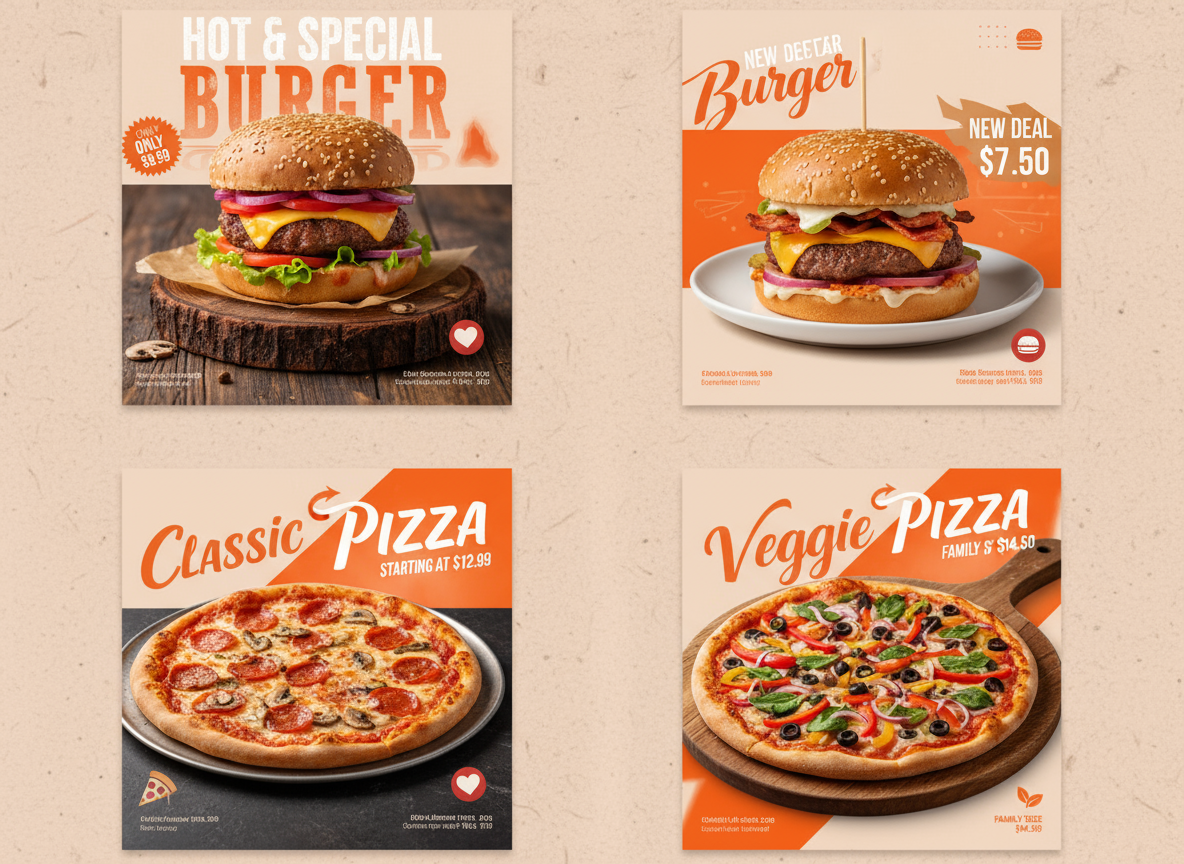
The intuitive collaboration process allows business owners to translate their vision without needing design expertise or expensive software.
Nonprofit Organizations
Resource-constrained nonprofits are using Lovart to amplify their missions:
- Fundraising campaign visuals that evoke emotional responses
- Awareness posters that communicate social issues effectively
- Volunteer recruitment materials that inspire action
By reducing design costs and time investment, Lovart helps these organizations allocate more resources directly to their causes.
Across all these sectors, users report significant time savings, cost reduction, and improvement in design quality when using Lovart as their primary design collaboration tool.
Ethical Considerations in Human-AI Design Collaboration
As we embrace the best AI human collaboration design tools, it's important to consider the ethical dimensions of this new creative paradigm.
Attribution and Ownership
When working with top platforms for the future of human-AI collaboration in design like Lovart, consider:
- Clear attribution: Be transparent about the role AI played in your design process
- Understanding rights: Familiarize yourself with the platform's terms regarding ownership of AI-generated content
- Original input: Remember that your direction and feedback are crucial creative contributions
Avoiding Biases and Stereotypes
Even the best collaborative AI design software may reflect existing biases:
- Critical review: Always examine AI suggestions for unintended stereotypes or problematic representations
- Diverse references: Provide diverse reference materials to ensure inclusive design
- Human judgment: Rely on your ethical judgment for final decisions about appropriateness
Maintaining Human Creative Identity
As AI capabilities advance, consider how to maintain your creative voice:
- Intentional direction: Guide the AI toward your unique aesthetic rather than accepting generic suggestions
- Signature elements: Develop personal touches that distinguish your collaborative work
- Continuous learning: Develop your design skills alongside AI collaboration
These considerations ensure that as we adopt the best AI human collaboration design tools, we do so in ways that enhance rather than diminish human creativity.
The Future of Human-AI Design Collaboration
As we look ahead, several exciting developments are on the horizon for platforms like Lovart:
Emerging Trends in Human-AI Creative Partnerships
- Emotional intelligence: AI systems that better understand and respond to the emotional nuances of design
- Cross-medium translation: The ability to seamlessly adapt designs across physical and digital formats
- Cultural contextualization: More sophisticated understanding of cultural references and appropriateness
- Tactile feedback loops: Integration with physical tools and environments for mixed-reality design

Preparing for the Next Generation of Collaboration
To stay at the forefront of design innovation:
- Develop collaboration skills: Practice clear communication and feedback with AI systems
- Focus on strategic thinking: As execution becomes more automated, human value shifts toward strategy and concept
- Embrace continuous learning: Stay informed about new capabilities and techniques
- Cultivate human uniqueness: Develop the aspects of creativity that remain distinctly human
As one of the top human-AI design workflow tools, Lovart will continue evolving to enhance this partnership between human creativity and AI capabilities.
Conclusion: Embracing the Human-AI Creative Future
The rise of the best AI human collaboration design tools like Lovart represents not just a technological advancement but a fundamental shift in how we approach creativity. By combining human imagination, taste, and contextual understanding with AI's processing power, precision, and tireless iteration, we unlock creative possibilities that were previously unimaginable.
Whether you're a professional designer looking to enhance your workflow, a marketer seeking to produce high-quality visual content efficiently, or a creative enthusiast wanting to bring your ideas to life, the human-AI partnership offered by Lovart opens new horizons for expression and communication.
The future of design isn't human or artificial intelligence—it's human and artificial intelligence working in harmony. And with tools like Lovart leading the way, that future is already here.
Ready to experience the power of human-AI collaboration yourself? Sign up at Lovart today and start creating poster designs that combine the best of human creativity with cutting-edge AI capabilities. The only limit is your imagination! ✨

Share Article